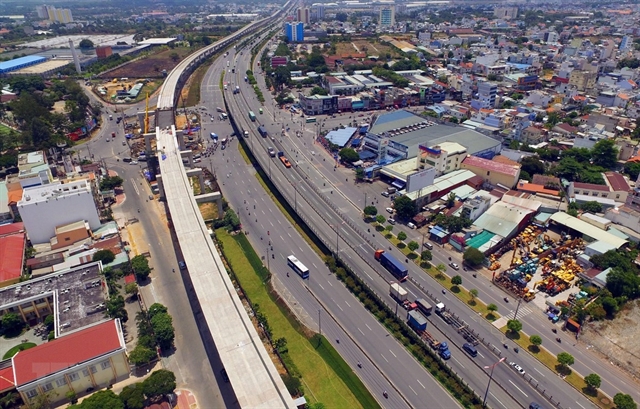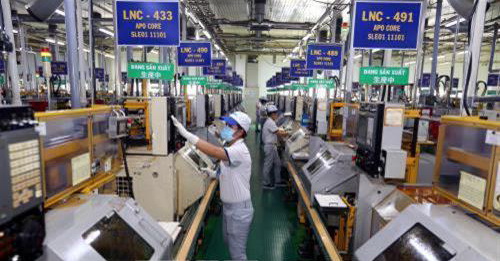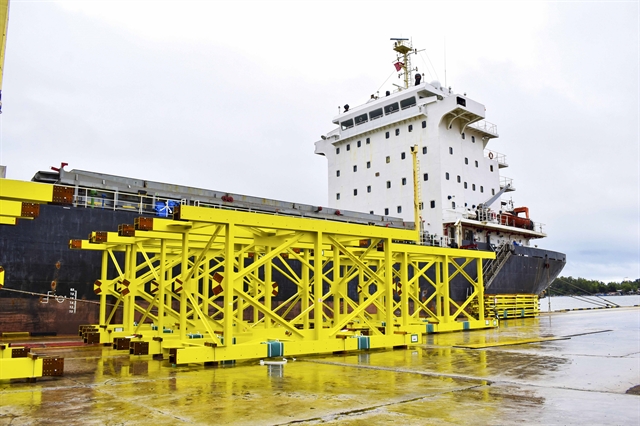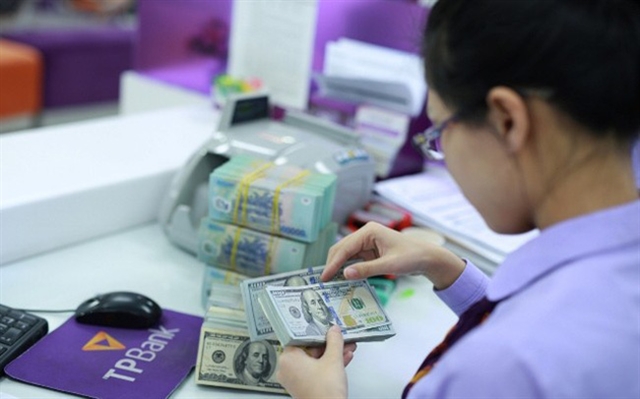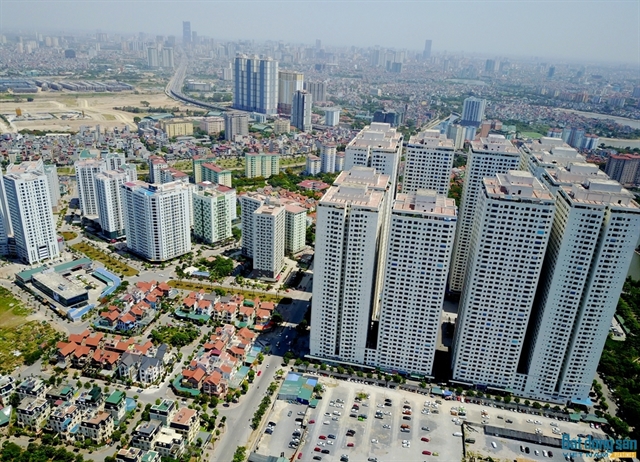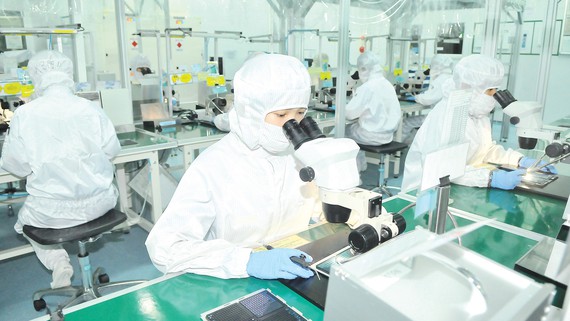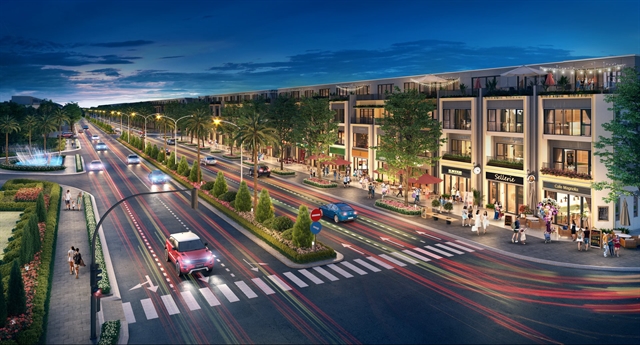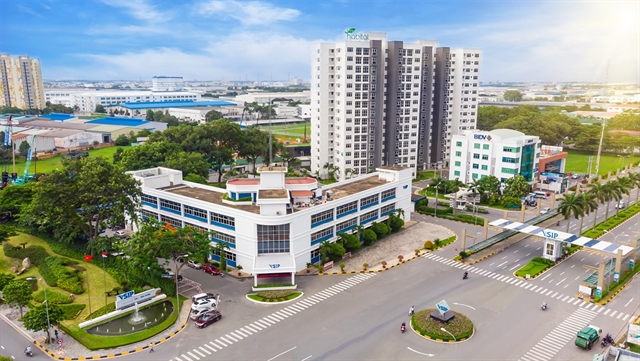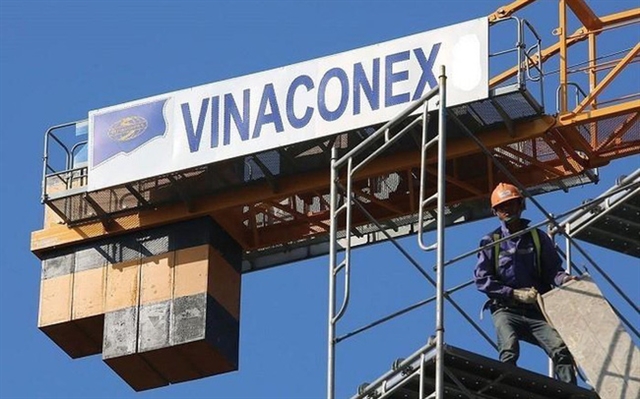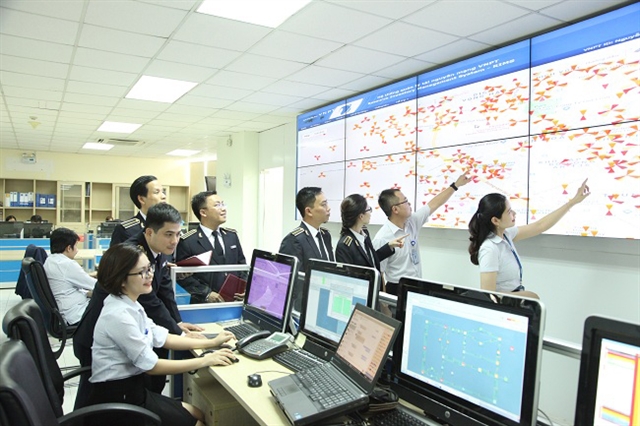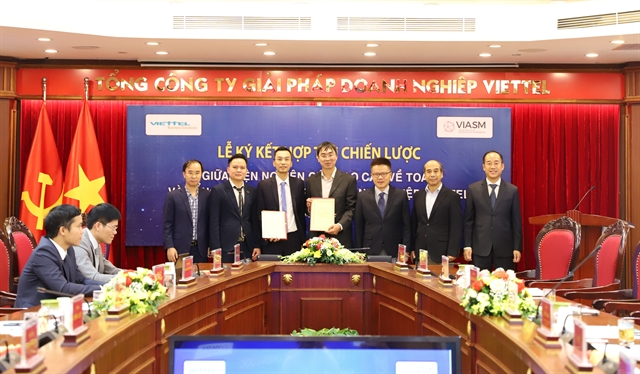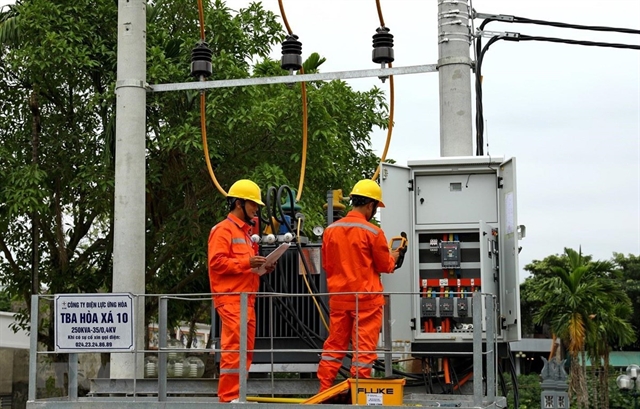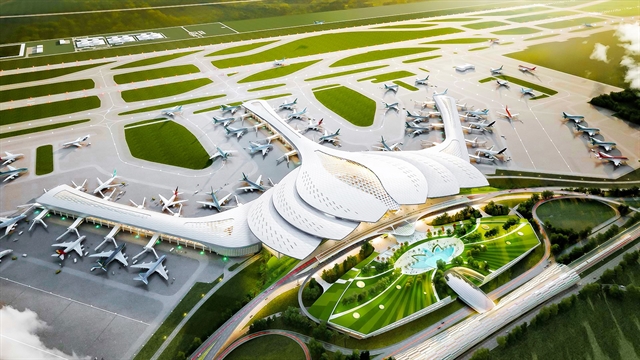
HÀ NỘI — The development of Long Thành International Airport is expected to directly affect the real estate market in the southern province of Đồng Nai and neighbouring areas.
Nguyễn Mạnh Hà, vice chairman of Việt Nam Real Estate Association (VNREA) and former Director of the Housing Management and Real Estate Market Department, told a conference held in Hà Nội on Thursday that Long Thành District would be an important gateway for trade with major intersections of established and existing roads such as HCM City - Long Thành, Dầu Giây - Đà Lạt, Dầu Giây - Phan Thiết and Biên Hòa - Vũng Tàu, that helps connect the province with HCM City and other areas quickly and conveniently.
In addition, Long Thành was also preparing to develop the Bắc Sơn - Long Thành boulevard, which will be 60 metres wide with four lanes. This would be the axis of trade and service development from Biên Hòa to Long Thành International Airport.
“When considering Long Thành in the international airport network, with a “god-given” position in the heart of the airport system, it will definitely become the busiest airport in the Asia-Pacific region in the near future,” he added.
Trần Kim Chung, deputy director of the Central Institute for Economic Management, said the property market in Long Thành and surrounding areas would receive great opportunities thanks to the airport project.
“The residential and industrial real estate market would see breakthrough development as factories producing goods transported by air would be built near the airport,” he said.
Expert Lê Xuân Nghĩa said in the next 50 years, Long Thành would be the No 1 urban development area, because there is no place left for land, with a beautiful location and many advantages in infrastructure and location. The National Assembly has also considered carefully the development of Long Thành with potential to be able to develop on a regional scale. Therefore, a worthy plan is needed.
“Real estate developers should prepare a big capital source for long-term development in the area as they would have to develop their projects and invest in infrastructure, building roads and schools at the same time,” he added.
Vũ Quốc Việt Nam, Senior Director of Đất Xanh Group, also said that there is a growing real estate market.
He said the investments of the Government and province in Đồng Nai infrastructure is huge, not only for the short term in 10 years, but for 30 years. For example, HCM City - Long Thành – Dầu Giây Expressway, Bến Lức – Long Thành Expressway, Đồng Nai and Vũng Tàu are also studying to make expressways connecting the two provinces.
In addition, the Cái Mép Port cluster is also the largest in Việt Nam. That means Long Thành Airport is the core for highways to connect to it. As such, there are two leading infrastructure projects in Long Thành including an airport and a deep-water port, along with five highways and Cát Lái Bridge. The area has lots of potential.
An active market
A recent report by the Việt Nam Real Estate Research Institute showed that Long Thành land plot is an attractive investment channel for investors. With the current relatively low land price of only VNĐ20-30 million per square metre, the prices in the area near the airport would be able to reach VNĐ100-120 million per square metre if infrastructure is developed.
The Long Thành property market would increase despite the general fluctuations of the economy thanks to the airport planning information.
Economist Vũ Đình Ánh said with its potential, Long Thành could become the country’s, and region's, hub for logistics. The residential and industrial park real estate, as well as demand for offices, warehouses and trade centres, would also rise.
Vũ Cương Quyết, General Director of Đất Xanh Miền Bắc Company, said the demand for housing in Long Thành is currently continuing to increase and the liquidity in the market is at a high level.
According to planning, Long Thành International Airport would serve 100 million passengers and five million tonnes of freight annually, with investment of VNĐ336.63 trillion (US$14.51 billion) for three phases. In which, phase 1 with a capacity of 25 million passengers and 1.2 million tonnes of cargo per year will have a total investment of VNĐ114.45 trillion ($4.9 billion). — VNS

